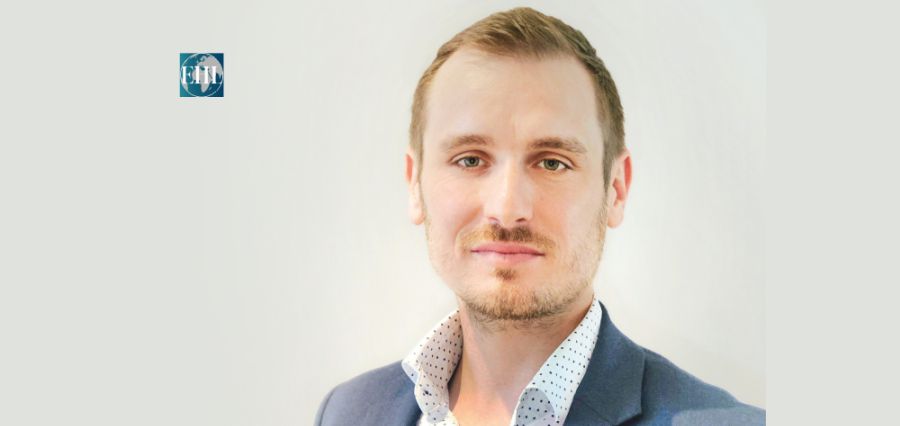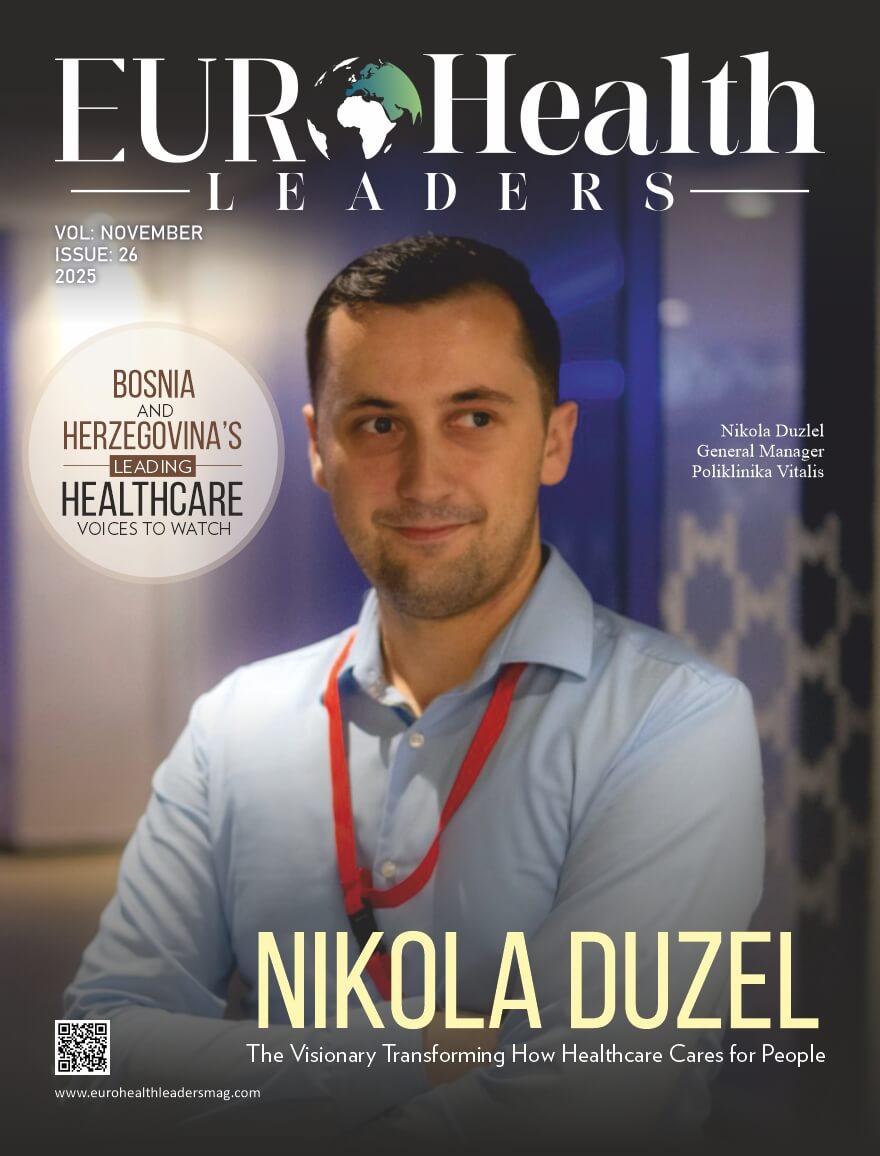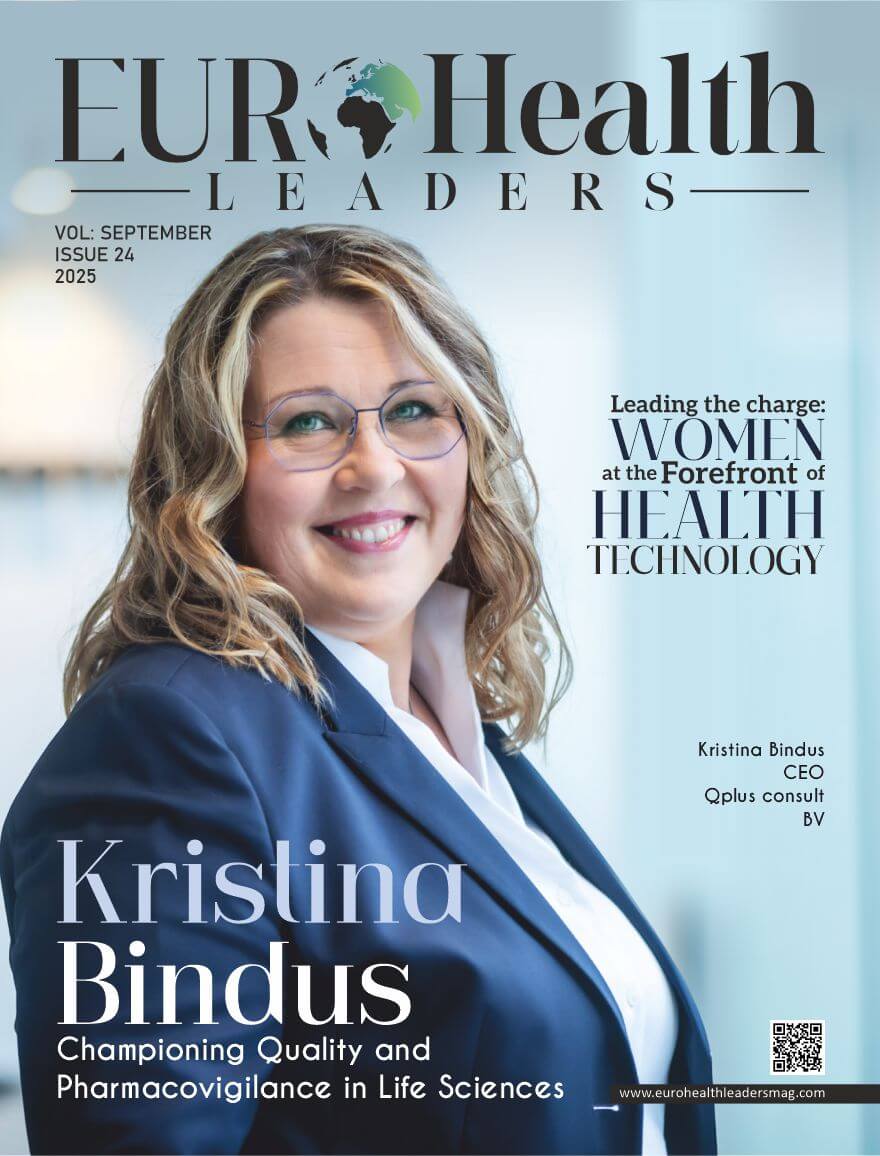Scaling Technology in Healthcare
When I joined a newly formed company after university, whose mission was to specialize in recording and streaming surgeries and medical procedures, I had zero experience in healthcare—unless you count personal visits to the doctor. Today, I can say that this very lack of experience, and therefore lack of bias, actually turned out to be an advantage when it came to approaching the product itself and its implementation in operating rooms, which are unique in every medical facility.
The company I still work for today was truly at its beginning back then, in the phase of testing the waters—exploring the market to see whether the product had a real chance of succeeding.
The first system deployments were truly difficult —not only on a personal level, as I had no relevant experience, but also in terms of the product and the company itself. Similar products did exist on the market, but most of them were developed by large, well-established companies, while we were a small, unknown player entering the field.
Having deployed systems in so many operating rooms, we’ve been through countless lessons that shaped both myself and the company. I’ve selected a few that stuck with me—experiences that were both a school of hard knocks and, at the same time, stepping stones that pushed us forward.
Lesson 1: Small vs. Big
The difference between a small and a large company is that with a small company, everyone assumes everything will be custom-made just for them. With a large company, it’s usually the opposite—expectations are more standardized. Whenever I got these kinds of requests, I wasn’t exactly thrilled, because they often pulled us away from the vision we had set for our product.
One of the biggest challenges in the beginning was finding our first customers. As a small company, we had no history and very few references, which made it hard to convince anyone to buy. Customers were simply hesitant to adopt our system because no one could guarantee the company would still be around in a year.
I kept asking myself whether it even made sense to keep investing my time into this.
But through these experiences, we realized that if we tried to do things the same way as everyone else, we’d likely fail. That’s why we focused on standing out—differentiating ourselves in a way that made us appealing, even despite our size.
Lesson 2: Just Listen to What They Say
From the very beginning, our customers have been sharing a wealth of ideas—what would make their work easier, what features they’d like in the system, and so on. I’d argue that this openness was a result of what I described in Lesson 1. From friends who work as distributors for large, well-known brands, I know that such enthusiastic discussions are rare in those environments.
Early on, we had a situation where a customer strongly insisted on a particular feature. We went ahead and implemented it. As a result, that customer recommended us to others, and it helped us expand into additional facilities. From a business standpoint, that was a win. However, it turned out the feature wasn’t particularly useful to anyone except the original requester.
That experience changed how we view so-called “must-have” features. Today, we use a more sophisticated approach to evaluate suggestions. We try to assess them in terms of their contribution to patient care—not just from an economic perspective.
This also made us realize that every customer will have their own idea of what they want, and no one wants to pay for something they won’t use. That’s why we shifted our focus toward scaling our system in a way that would better meet those diverse needs.
Thanks to that scalability, we can now serve everything from small clinics with a single camera to highly specialized centers with up to six different signal sources. We can also cover everything from private practices to large hospital networks—precisely because the system was built to scale.
Lesson 3: Innovation
As in any industry, it’s essential to keep up with the times—and that’s easy to agree with. But just as important is how you approach innovation.
This point isn’t tied to a specific personal experience, but rather to a reminder of a famous quote by Henry Ford, founder of the Ford Motor Company: “If I had asked people what they wanted, they would have said faster horses.”
It’s important to introduce innovations that people can’t yet imagine.
We’ve tried to bring several innovative features into our system. And interestingly enough, the best feedback we’ve received came from our competitors—who started implementing these very same features themselves.
Lesson 4: A Company People Will Like
We often find ourselves invited to replace an existing solution for recording and streaming. Naturally, we started exploring the reasons behind the motivation to make such a switch.
One recurring issue is that, for many companies, the relationship ends with the installation—often an incomplete one. For example, customers are told that streaming functionality will be finalized later… and I probably don’t need to explain how that usually turns out.
As a result, we sometimes encounter customers who are already “wary” from past experiences and approach us as if they expect the same behavior. I’m genuinely proud that from the very beginning, our company has never treated the deal as done after the sale. We care deeply about our customers, and I believe that today, this shouldn’t be considered a luxury—but simply the standard of decent behavior in a vendor–customer relationship.
It all goes to show: it’s not about where you come from—it’s about how you approach your work.
We could easily write ten more articles just based on the experiences we’ve had implementing 350 Systems . Every single customer and operating room is unique—and we strive to treat each one as such. I truly believe that our individual approach, integrity, and fairness are key reasons why we’ve had the opportunity to deliver recording and streaming solutions in so many ORs.
Yes, sometimes we face tougher and more aggressive competitors. But despite that, we’ve always tried to stay true to our values—because we believe they’re the right ones. And over time, that belief has proven to be worth it.
Every single installation is a valuable lesson for us.
About the Author
Matúš Baláž is the CEO of Medirecord, a company that has deployed over 350 solutions in operating rooms across Czechia and Slovakia. He is now looking forward to expanding to another 350 ORs in other countries soon.










